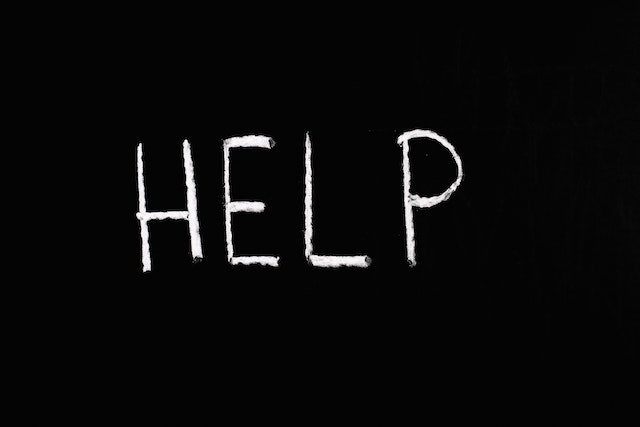As per the Centers for Disease Control (CDC), suicide is one of the leading causes of death in the US. Suicide rates have increased in nearly all states in the past two decades. The general consensus points toward mental health issues as a potent reason behind high suicide rates. However, many people who die from suicide are found to have no diagnosed mental health condition at the time of their death. A lot of factors hence contribute to high suicide rates, including:
- relationship issues,
- substance use,
- physical health issues,
- income issues,
- housing stress, etc.
A combined effort from the public welfare, healthcare, media, and community organizations is needed to prevent suicides. Each one of us, as members of a social community, needs to take actionable steps to deal with high suicide rates. Suicide Prevention Toolkits are one such way. Through these suicide prevention toolkits, you will be able to learn important information about preventing suicides in your family and community.
Read more: The Emergence of “BIPOC” – Meaning and Explanation.

The ingredients of a suicide prevention toolkit
1. Online suicide prevention and mental health training webinars
This includes recordings of online webinars on important topics such as:
- suicide prevention skills for parents and caregivers,
- emotional regulation skills,
- handling of grief, etc.
2. Contacts of an emergency room, a physician, or a mental health professional
If you have a family member or a friend who has suicidal tendencies, do not leave them alone. Try to get the person to get help from an emergency room, a physician, or mental health professional. Do not take off-handed comments about suicide lightly. Even if you believe that the said person might not actually commit suicide, they might surely benefit from proper professional help.
3. Suicide hotline numbers
Another important part of any suicide prevention toolkit is a list of suicide hotline numbers.
If you know a family member or friend who might have suicidal tendencies, encourage them to call a suicide hotline number.
- In America, anyone who needs help can text or call 988 to reach the 988 suicide and crisis helpline. The helpline is available 24×7. Additionally, one can also use the Lifeline chat. The services provided by these helplines are free and confidential.
- US service members or veterans who are in crisis can call the 988 suicide and crisis helpline and press 1 to reach the veteran crisis helpline. Additionally, they can also chat online or text at 838255.
- The suicide and crisis helpline also has a toll-free Spanish language line at 1-888-628-9454.
Read more: The New 988 Suicide Hotline
Conclusion:
If you think a family member or someone you know might have suicidal tendencies, do not take the threat lightly. Most people who eventually commit suicide have displayed their intention at some point or the other. It is common to think that you are overreacting to a simple comment but always remember that the safety of your loved ones is the top priority.
With the growing number of mental health issues among people, someone around you might possibly be suffering at any given point. That is why you need to be equipped with the right way of dealing with them and providing the right help. To learn about mental health first aid, click here.
To learn more about mental health every day, subscribe to Your Mental Health Pal.

